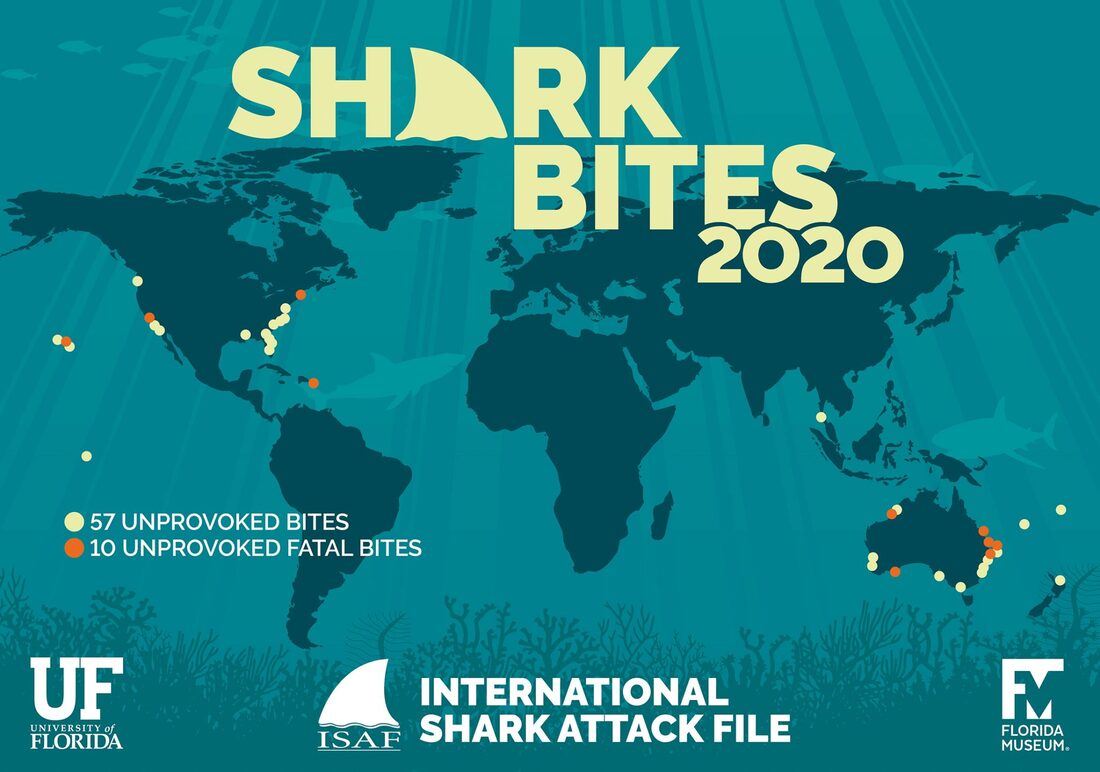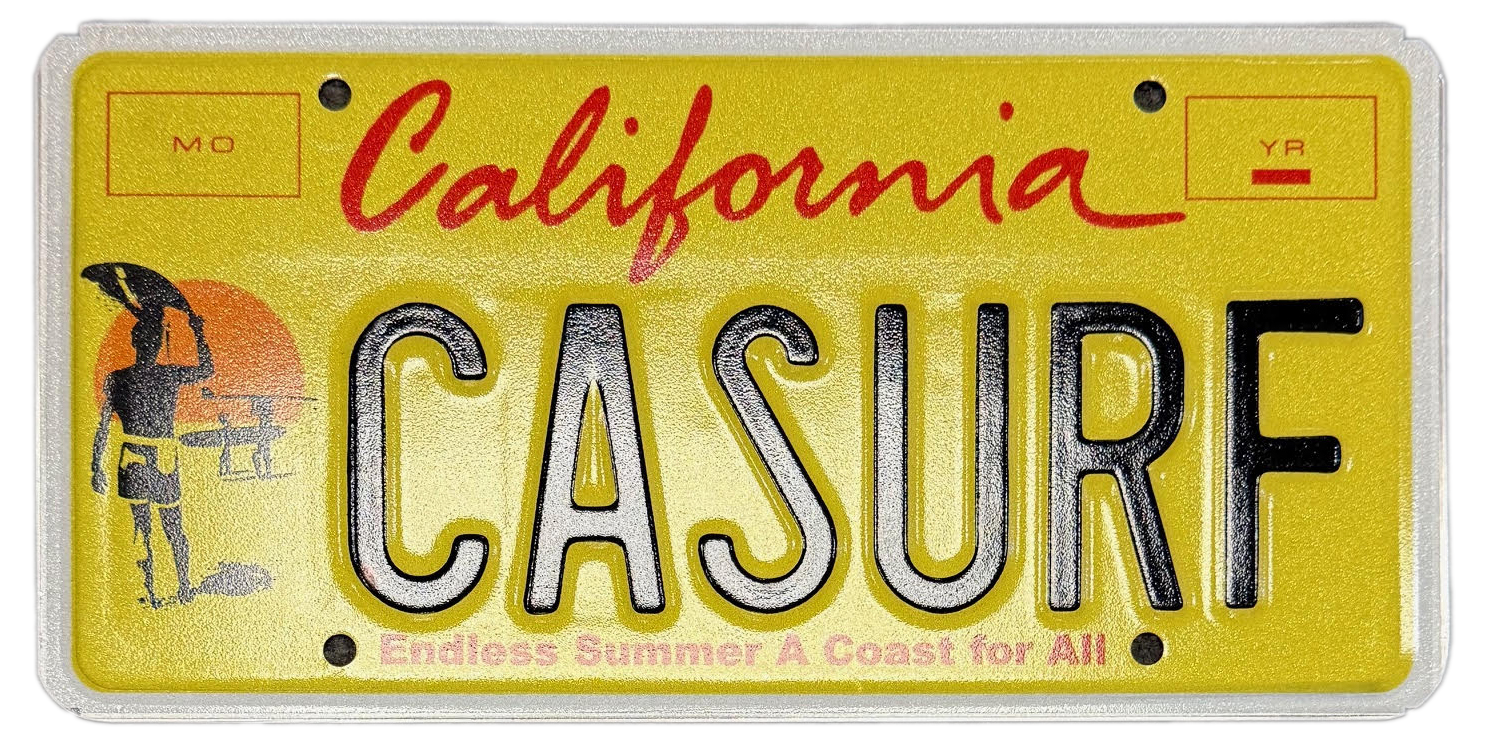|
Dana Point homes surround the Pacific Ocean like an amphitheater. It’s no wonder much about the town’s character and its economy focuses on the ocean and the marine life that migrates past its doorstep for months on end each year. A year ago it was trademarked the Dolphin & Whale Watching Capital of the World and now it has been designated the first Whale Heritage Site in North America by the United Kingdom-based World Cetacean Alliance. The designation, in which the group partnered with U.S.-based World Animal Protection nonprofit, recognizes the seaside town as a spot where cetaceans – the scientific name for whale, dolphins and porpoise – are embraced in the local culture, economics, politics and social fabric of the community and where people and cetaceans coexist respectfully. “This designation distinguishes Dana Point as a beacon for tourists to select this as a sustainable travel destination,” said Ben Williamson, programs director for World Animal Protection. “I think this adds credibility,” he said. “It includes serious community involvement, economic importance and a look at the way whales impact the area’s heritage.” The designation was created in 2015. Two other sites, Hervey Bay in Australia and The Bluff in South Africa, both won certification in October 2019. Tenerife, Spain, will become the first Whale Heritage Site in Europe. “When they explained the criteria, I said we’re the perfect location,” said Gisele Anderson, who with her husband, Dave Anderson, operates Capt. Dave’s Dolphin and Whale Safari out of the harbor. “We have history, education, saving of animals. We’re really excited because now Dana Point has set the bar.” And Dana Point’s Festival of Whales is the world’s first and longest-running whale festival, it is scheduled this year for March 6/7, 2021 Hundreds of thousands of people every year make their way to the annual two-weekend-long event started by the “father of whale-watching,” Don Hansen, who with Philip Grignon, a high school teacher, opened the first whale and dolphin watching charter in a small trailer when the city’s harbor opened in 1971. It was a way to teach students about the migrating gray whales. Hansen is Kalez’s father. Since its early days, the festival has included whale lectures and information on the town’s history with whales – both of which continue to be part of the event that celebrates its 50th anniversary in March. Anderson had worked with Donna Kalez, who operates Dana Wharf Sportfishing and Whale Watching, to get the city its new trademark and then when approached by the World Cetacean Alliance after that success they partnered to earn it the Whale Heritage Site designation that was officially announced Wednesday, Jan. 27. They had been notified Jan. 7. “I’m so proud of myself and Gisele for getting this done,” Kalez said. “It finally brings us the recognition we’ve been trying to get for so long.” Despite Dana Point’s breathtaking coastline, the selection is not based on geography or its visual splendor, organizers said. “You could be in the best place in the world, but if you’re not acting responsibly or sustainably, you wouldn’t fit the criteria,” said Ben Williamson, programs director for World Animal Protection. Still, the Headlands, a towering cliff outcropping overlooking the Pacific Ocean, has been identified by experts as a navigational point for gray whales charting their course from the Bering Sea in Alaska to the warm lagoons of Baja Mexico, where they mate and give birth. A platform at the Dana Point Nature Interpretive Center allows people on land to get glimpses of the passing behemoths and pods of hundreds and thousands of leaping dolphins. Bryon Ward, president of Burnham-Ward Properties, which is building the $440 million renovation for the 66-year lease with Newport Beach-based Dana Point Harbor Partners, which is presently underway with the renovation project that includes reconstruction of the commercial core and the east and west marinas, two new hotels and fully rebuilt docks, said marine education is a key pillar in the harbor’s history and future. The company is consulting with marine biologists and artists to create additional educational exhibits and whale-related public art installations, he said. “With this designation, we know that even more visitors will depart on their whale watching adventures from Dana Point Harbor,” Ward said. “As we further revitalize the harbor, we will instill the importance of education, conservation and viewing whales in their natural habitat.” The behemoth mammals are so much a part of Dana Point’s everyday life that Anderson and Kalez have created charts for their boat captains to document when special animals make another appearance. There is Patches, a bottlenose dolphin colored in pink, white and black blotches that has been dubbed the “West Coast’s most famed dolphin.” The animal is so popular that his sightings typically spark celebration and curiosity. “I was out by myself three months ago with a group of bottlenose dolphins,” Anderson said. “I saw Patches and it feels like an old friend. It’s joyful because you know the animal is still doing well. It’s a sign of hope and a reminder that our environment is not as bad as we’ve been told.” But, Patches is not the only famous animal. There’s also Casper, an albino dolphin. There are humpbacks known as Twitch, Flicka and Chalkboard. Notcho, Delta, Curley, Hook and Kink are among the recognized blue whales– the largest animals that have ever existed and there is Scarback, a gray whale. Each animal is significant and has a story and connection to the waters around Dana Point. Both charter companies provide naturalists aboard to educate the passengers on animal conservation. They also do their best to help with education and collaborate with the nearby Ocean Institute, also located in the Dana Point Harbor. Both are certified by the cetacean alliance as a responsible whale watch charter meaning they operate at the highest standards for the animals and their passengers. For Barbara Johannes, president of the Dana Point Historical Society, the Whale Heritage Site distinction brings more responsibility. Dana Point is named for Richard Henry Dana, Jr., who detailed his experiences and those of other sailors in 1834 in his book, “Two Years Before the Mast.”
“It is our inherent responsibility to promote a safe cetacean habitat along our coast for the benefit of present and future generations,” she said. “I think Richard Henry Dana Jr. would be pleased.”
1 Comment
Shark attacks decreased for the third consecutive year, falling to 57 unprovoked bites worldwide in 2020, compared with 64 bites in 2019 and 66 in 2018, according to the annual summary issued by the University of Florida’s International Shark Attack File. The most recent five-year global average sank to 80 incidents annually. But it was the deadliest year since 2013, with 10 unprovoked bites resulting in fatalities, a stark departure from the average of four per year. Six of the fatal bites occurred in Australia, three in the U.S. and one in the waters of St. Martin in the Caribbean. Consistent with long-term trends, the United States led the world in the number of bites, with 33 incidents, a 19.5% drop from 41 last year. Australia followed with 18, a slight uptick from the country’s most recent five-year average of 16 bites per year. Gavin Naylor, director of the Florida Museum of Natural History’s shark research program, said the high number of deaths in 2020 is likely an anomaly. “It’s a dramatic spike, but it’s not yet cause for alarm,” he said. “We expect some year-to-year variability in bite numbers and fatalities. One year does not make a trend. 2020′s total bite count is extremely low, and long-term data show the number of fatal bites is decreasing over time.” Experts also confirmed single, non-fatal bites in the Republic of Fiji, French Polynesia, New Caledonia, New Zealand and Thailand. ISAF investigates all human-shark interactions but focuses its report on unprovoked attacks, which are initiated by a shark in its natural habitat with no human provocation. These exclude bites to boats, scavenging and bites in public aquariums. The past three years have marked an abrupt drop in global shark attacks from previous totals in the high 80s. 2017′s 88 unprovoked bites, for example, were average at the time. Still, 2020′s total of 57 bites worldwide represents a larger-than-expected decrease from 2019 and 2018, Naylor said. It remains unclear whether COVID-19 lockdowns and a slow year for tourism might have contributed to an unusually low number of bites – or if the dip reflects the challenges of getting data during a pandemic. While a certain number of cases remain unconfirmed and unclassified each year, this situation was exacerbated in 2020, said Tyler Bowling, ISAF manager. With law enforcement, coroners and healthcare workers focused on responding to COVID-19, few had time to help confirm reported shark bites or provide extra information about incidents. As a result, Bowling is still working to confirm 16 reported bites and classify an additional six confirmed bites as unprovoked or provoked. In contrast, nine incidents were unconfirmed in 2019 and nine were confirmed as shark bites but could not be classified. All open cases remain under investigation, Bowling said. Surfers and other board sport athletes, largely undeterred by the pandemic, experienced 61% of bites worldwide in 2020, compared with 53% in 2019 and 2018. With 1,350 miles of coastline and a large surfing community, Florida has long been a global hotspot for shark bites, a trend that continued in 2020. The state’s 16 unprovoked bites accounted for about 48% of the U.S. total and 28% of incidents worldwide, though the total was significantly lower than Florida’s five-year annual average of 30.
Eight of the bites happened in Volusia County, followed by three in Brevard and single attacks in Duval, Martin, Miami-Dade, Palm Beach and St. Johns counties. Other states with unprovoked bites include Hawaii, 5, California, 4, and North Carolina, 3, with single incidents in Alabama, Delaware, Maine, Oregon and South Carolina. Three of the bites proved fatal, one each in California, Hawaii and Maine, a first for the state. From Carlsbad-based documentary filmmaker Brooks Venters comes the film "Finding a Way". It's a biographical documentary exploring the life of Pete Gustin, a world-renowned blind voiceover artist, surfer, and Youtuber. The 26 minute documentary follows Gustin's life from childhood to present, and documents the major challenges he's faced due to his blindness. "Finding a Way" premiered on January 26 on Pete Gustin's self-run "Blind Surfer" Youtube channel. It's the only channel produced, shot, and edited by a blind person. The documentary release comes on the heels of an exceptional year for Gustin. He won two Voice Arts Awards from The Society of Voice Arts and Sciences: Outstanding Movie Trailer of the Year for the film "Unhinged", and Outstanding TV Promo of the year for the TV show "Archer". His new Youtube channel has reached over 10,000 subscribers. He also got engaged to his longtime girlfriend Maggie Carpenter. Gustin boasts a storied voiceover career and has been heard on ESPN, Fox, Fox News, CBS, ABC, Cartoon Network, Comedy Central, FXX and many major movie trailers. The documentary is both a documentation and a celebration of Pete's journey and accomplishments. "Blind Surfer" Pete Gustin said: "I'm super excited about this documentary. It captures the full extent of the challenges I've faced due to my blindness. I've had other media outlets cover my voiceover career and my surfing separately, but this is the first piece that covers it all. It captures the true message that I'm trying to get across, that I've been able to find a way to do what I want through hard work and never giving up." Brooks Venters produced, directed, shot and edited the documentary. Venters is a North Carolina native and Digital Marketing professional. He moved to Southern California 7 years ago. Venters met Gustin through Instagram in August of 2020. He's been shooting drone footage of Gustin for the "Blind Surfer" Youtube channel since. After learning Gustin's story, Venters saw the potential for a great piece. He has produced several other documentaries covering subjects like homelessness, the life of Bill Walton, and solar-powered homes. Finding a Way" is now available to watch in full 4k on the "Blind Surfer" Youtube channel here: https://youtu.be/8pD_9Ym6k70. Brooks Venters is a Documentary Filmmaker and Digital Marketing Professional. Contact him at [email protected], on his website at www.dronesesh.com, or @dronesesh on Instagram. Pete Gustin is a world-renowned voiceover artist and runs the "Blind Surfer" Youtube channel. He can be found at www.petegustin.com, @realpetegustin on Instagram, and in weekly Vlog episodes on the "Blind Surfer" Youtube channel.
Surf fans will have to wait longer to cheer for their favorite pro surfer, with upcoming contests in Hawaii and Northern California affected by coronavirus concerns. The World Surf League announced it has cancelled the Sunset Open and is postponing for now a new event in Santa Cruz. The news follows a short, but shaky, start of the pro surfing season with the Billabong Pipe Masters having to be paused following staff members testing positive for coronavirus. The event was allowed to eventually finish. The women’s event, the Maui Pro, had to change venues after a shark attack on a recreational surfer near the contest site. Hawaii suspended all surfing competitions until further notice, the WSL, which is based in Santa Monica, announced. The Sunset Open was supposed to happen between Jan. 19 and 28. The Big Wave Jaws Championship Pe’ahi has also been canceled. With the ongoing surge in California cases, the WSL has postponed the Santa Cruz Pro, which would have run Feb. 2 through 12. “The decision to postpone the Santa Cruz Pro, the last planned event of the US leg of the Championship Tour, is based primarily on the surge of COVID-19 cases in California,” league officials said. “The postponement is also heavily influenced by the length of time our athletes have been away from home, and by the complexities of global travel during this pandemic, which would have caused significant logistical challenges for athletes and staff to travel home and return to California for the event.” The Sunset Open in Hawaii would have been the first time a men and women’s championship title was held there since 1991. It has also been about three decades since the world’s best competed at Steamer Lane in Santa Cruz. “It is a testament to our surfers, staff and the local community of Hawaii that we were able to successfully complete both the men’s and women’s opening (competition tour) events of the 2021 season, and we would like to thank the communities in both Maui and Oahu for their support,” the announcement said. Still on the schedule is the Australian leg, kicking off with the Rip Curl Pro Bells Beach contest in April. The World Surf League previously announced many changes to this year’s tour, including bringing professional surfing back to Lower Trestles, one of the mainland’s best spots for waves, for the first time in three years since the Hurley Pro was last held there. It swapped for an event at the Surf Ranch, a man-made wave pool in Lemoore, near Fresno.
The Lower Trestles event is still planned, though it will depend on the state of the pandemic. The event south of San Clemente will bring together the top five men and top five women for the new surf-off format at the high-performance wave. The WSL Finals will have a window from Sept. 8 to 17, with the contest to run on the day with the best surf conditions. Endless Summer has now surpassed the University of Florida as the top selling specialty license plate in Florida, notwithstanding generating slightly less revenue this year compared to 2019, due to the Covid-19 pandemic. Showing that specialty license plates continue to generate revenue for worthy causes, despite the pandemic - raising over $32 million in 2020.
Miami Heat and Tampa Bay Bucs both increased their sales and revenue in 2020, the only two specialty plates to do so in the Top 10. So far in the 2021 Florida State Legislative Session, 7 new specialty plates have been proposed and bills have been filed for the following: Explore our State Parks - Rep Allison Tant (D-Leon County) / Senator Dennis Baxley R-Lady Lake Inter Miami CF - Senator Manny Diaz (R-Hialeah Gardens) Toastmasters - Senator Linda Stewart (D-Orlando) Gopher Tortoise - Senator Linda Stewart (D-Orlando) Orlando United - Senator Linda Stewart (D-Orlando) Protect Wild Dolphins Alliance - Rep Jim Mooney (R-Florida Keys) Honor Flight - Rep Brett Thomas Gage (R-Sumter County) The state is also in the process of completing presale voucher requirements for 32 new plates, which commenced in October, 2019. |
blogArchives
May 2025
Categories
All
|
Funding from this plate will be directed to programs that promote coastal access, make coastal lands welcoming to all, and increase opportunities for coastal enjoyment.






